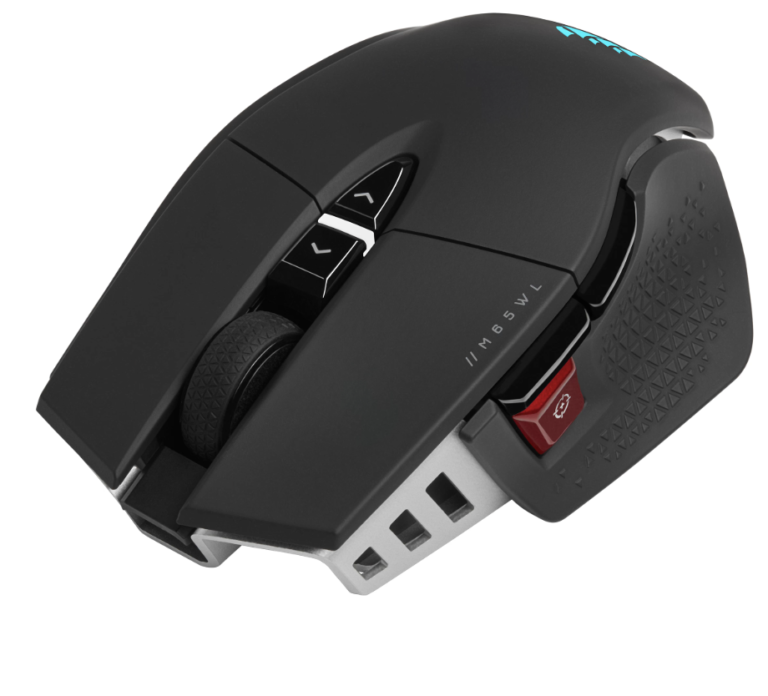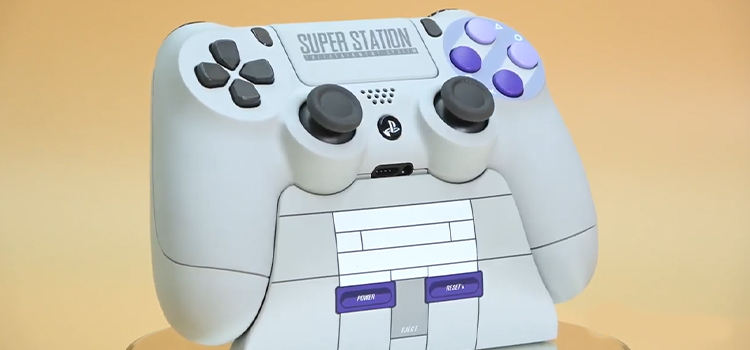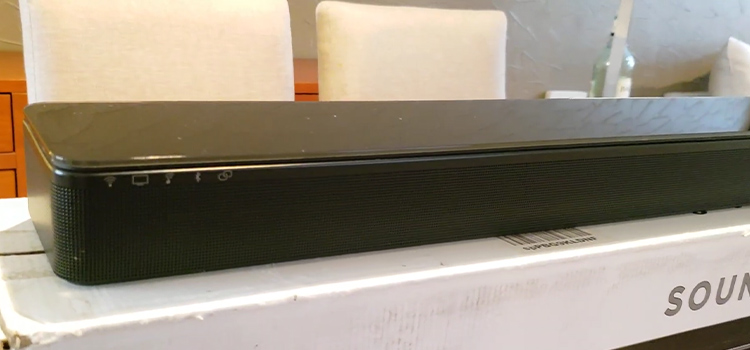Symptoms of Too Much Thermal Paste (Things You Need to Know)
Too much thermal paste might behave as an insulator when used. In the best-case scenario, this might render the paste useless. A contemporary CPU won’t likely crash from eating too much paste. The thermal defenses in place are too effective. However, in the worst-case scenario, overheating could cause component damage. And your computer can crash.

Guide to Knowing Symptoms of Too Much Thermal Paste
The substance’s thermal paste is not conducive. The conductivity of a typical thermal paste ranges from 4 to 10W/mK. Your aluminum cooler has a 200 W/mK efficiency. Your cooler’s heat pipes may have an effective conductivity of as much as 4,000 W/mK.
The sole purpose of the thermal paste is to fill the space between your CPU and cooler. It replenishes the air that has been trapped in microscopic and macroscopic pockets between the two. The excess paste will cause your computer to heat up until all of those nooks and crevices have been filled fully.
How Do I Know If I Have Too Much Thermal Paste?
Nowhere on the motherboard, including the borders of the CPU, should the thermal paste be dripping. If there is, it indicates that you used too much paste and that you should rinse it off with alcohol before starting the procedure again. Congratulations if everything appears to be in order and the cooler stays still when you touch it.
1. Unwanted Symptoms
Some scenarios may indicate a hazard for your computer resulting from the extra thermal paste.
2. Formation of Air Bubble
The temptation to apply the thermal paste to the CPU by yourself could be strong. We advise letting the base plate or water block installation’s pressure handle it. The paste may develop air bubbles due to improper manual application, which will reduce its thermal conductivity.
3. Spilling Out Onto the Motherboard
A pea- or rice-sized amount of thermal paste should be used, therefore be careful to follow this instruction. Inadequate coverage might not reach the necessary surface area for effectiveness. Due to the metal surfaces being too far apart, too many limits the paste’s effectiveness, and during installation, it runs the risk of overflowing onto the motherboard.
4. Short-Circuit Problem
Typically, thermal paste poses no threat to other components. Thermal paste isn’t intended to damage electronic components or obstruct the flow of electrons between them because it isn’t usually electrically conductive; rather, it is made to be thermally conductive.
Some pastes do, though. Metals like silver are frequently used in liquid thermal pastes, which are frequently both electrically and thermally conductive. So, before you freak out, make sure your thermal paste is electrically conductive by checking the tube, packaging, or directions.
While a typical thermal paste will only make a mess, an electrically conductive thermal paste could short-circuit a motherboard or other electronic components. Thus there’s no chance your computer will work afterward without repair.
How Much Thermal Paste Should I Use?
The perfect amount of thermal paste to apply to a CPU is 0.3ml, however, not everyone can do so. The size of the CPU will determine how this works, although CPU sizes vary.
For a 4 cm by 4 cm CPU, 0.3 to 0.4 ml is usually sufficient. You can always refer to the instructions that came with your CPU if you’re unsure. Both AMD and Intel have suggested approaches and dosages that are suitable for both novices and specialists.
Conclusion
Although it may not get as much attention as gaming gear like the CPU or GPU, thermal paste is crucial to maintaining the performance of those parts. Too much thermal paste leaves a risk of computer malfunction. However, using the right amount of thermal paste helps ensure that your CPU is operating at its peak efficiency.
Subscribe to our newsletter
& plug into
the world of technology





